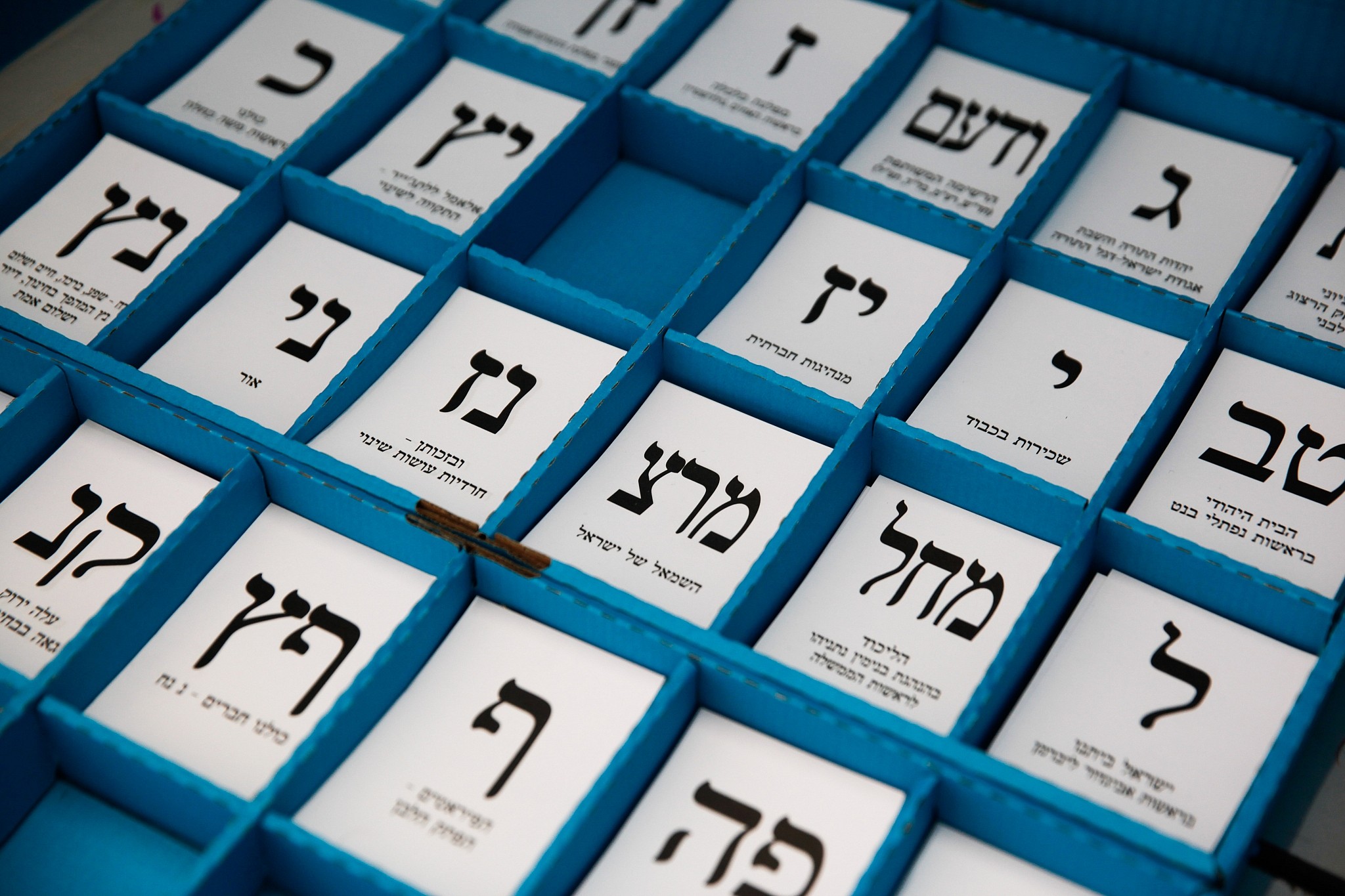Prof. Sam Lehman-Wilzig – Israel: Voting the Brand
The party lists for Israel’s upcoming elections are now set – a good time to reflect on a little remarked-upon phenomenon: party names.
A question to ponder, actually two connected ones: 1- Which two parties have almost never changed their name? 2- Which are the two leading parties in the polls, by far?
The easy answer to the second question gives away the answer to the first: the Likud and Yesh Atid. Yesh Atid’s party name has been (almost completely) stable since its inception a decade ago, except for one election hiatus in 2019-20 when it joined with former IDF Chief of Staff Benny Gantz to form the Blue & White party; the Likud, for its part, came into being almost exactly 49 years ago (Sept. 13, 1973).
The question then becomes: is there a causal relationship between party name stability and electoral strength – or is it simply a random correlation, a mere coincidence?
Anyone expert in marketing can provide the answer: there certainly is some causality working here. It’s called “branding.” In the supermarket, most people will gravitate to their tried-and-true brands: Telma margarine; Coca-Cola; Kleenex tissues; Tnuva milk. That’s not only a function of clever (or massive) advertising, but also (perhaps especially) because we have already used those brands in the past and know that we will be getting a satisfactory product.
Political parties are no different – except that in some respects they might be even more so. Voting for a specific party is not merely a statement of policy (or personality) preference; it has become of late – in Israel and around most of the democratic world – a matter of group identity. Indeed, whereas in the past one’s identity was mostly formed by one’s religion or class, with the decline of religious belief and practice in the western world, politics (writ large) has become the de facto personal identity marker for many, perhaps most, voters.
But for one’s identity to remain stable (almost everyone’s personal desire), the political party has to be stable as well i.e., its brand remains the same. Of course, this doesn’t mean that all the representatives on the party list have to stay there, election after election; if Kleenex comes up with “Aloe Vera” tissues, that’s OK. It’s still “Kleenex”. Indeed, an interesting aspect of such “personal-political identity branding” is the fact that some Israeli parties (e.g., the Likud) have even jettisoned altogether a party (policy) platform! The brand name is enough to keep their supporters voting for it again and again. After all, one doesn’t easily leave one’s “family” or “tribe.”
The other side of the coin is equally telling. For instance, by all polling accounts regarding the upcoming elections, Ayelet Shaked’s present party iteration (it’s hard to keep track of the various party brand incarnations that she has been part of these past few years) will not pass the official electoral threshold to enter the Knesset. No less telling is the case of Benny Gantz’s new party brand – Ha’Makhaneh Ha’Mamlakhti (The Statist Camp) – a combination of two former parties: Blue & White, and New Hope, the former itself having split from Yesh Atid a couple of years ago. This new amalgamated party is polling now at around 12-13 seats, significantly less than Gantz had hoped and predicted.
None of this is to say that party name “stability” is by itself a guarantee of election success. Two parties on the Left – Meretz and Labor – are proof of that. Meretz, Israel’s far-left Zionist party, amalgamated in 1992 from three earlier parties: Ratz, Mapam, and part of Shinui. Thus, it has managed to keep its brand stable for 30 years – but with decreasing numbers of Knesset seats. Interestingly and ironically given Yesh Atid’s steady brand name, PM Lapid’s attempt last week to convince Meretz party chair Zehava Galon and her Labor party counterpart Merav Michaeli to merge (for electoral reasons) was met with failure, something that a highly competent political operative like Lapid should not have been surprised about, given the vagaries of party brand mixtures that often lead to party supporters’ confusion.
For Americans or Brits, none of this is especially new. America’s two main parties have been around for 160 years and vie competitively with each other in almost every election. British voters have two main parties and two or three (significant) minor ones – and they haven’t much changed their names either over the past several decades. Israel, being a far younger democracy than those two national pillars, is still in the throes of electoral adolescence, trying to find some sort of stable balance and identity.
Only time will tell whether the system will eventually shake out the non-brand parties and come to some sort of electoral equilibrium with the main, steady, party brands. Meanwhile, get out your scorecard, but with a pencil and eraser, as the parties’ brands continue to morph and merge.








